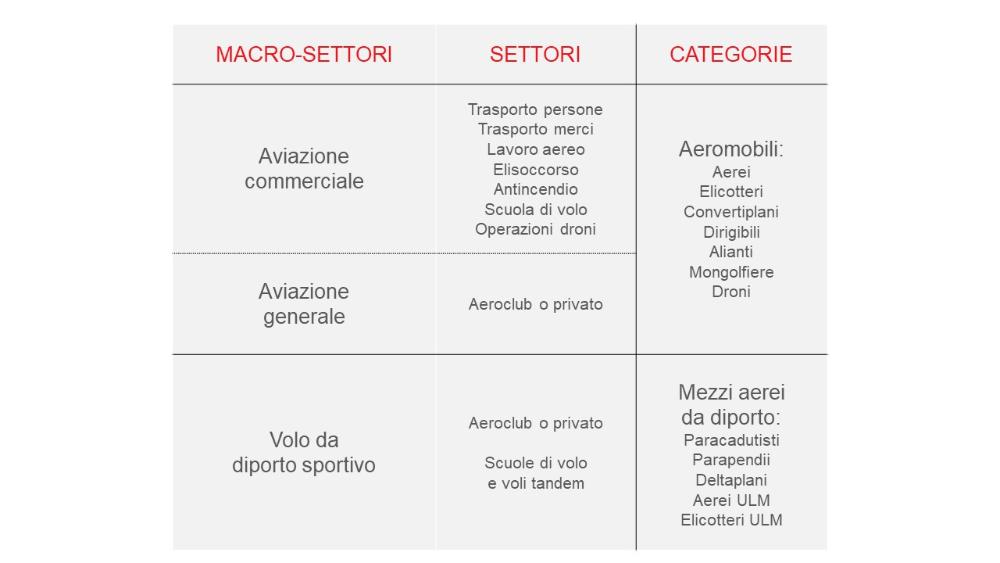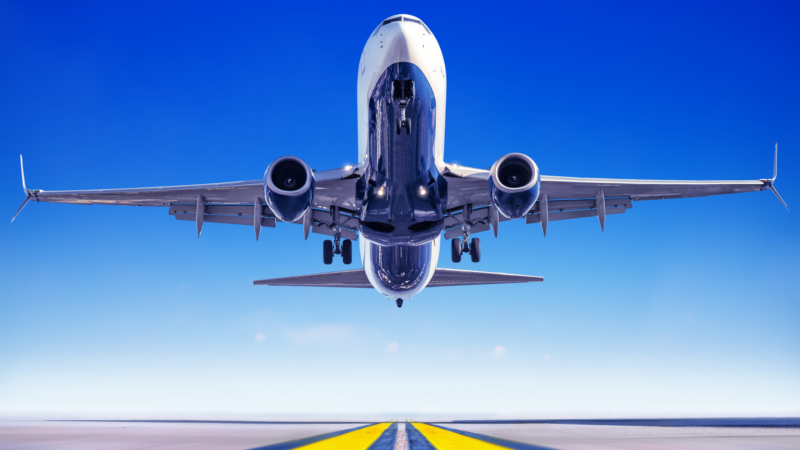Operations and air assets
These are concepts that are difficult to find in aeronautical manuals because they range transversally within different regulations and areas. We therefore thought of proposing a summary that can provide a broader vision.
Precisely because our aim is to provide clarifications on aspects that normally remain hidden or difficult to understand, we believe it is essential to start from here!
Let’s start with the distinction between “professional activities” and “entertainment activities” (we don’t like to call them “amateur”, because in aviation no one is an amateur) and then identify the three macro-sectors of civil aviation: “commercial aviation”, “general aviation” and “recreational sport flight” which is also a non-profit activity but with different air means than those of general aviation.
Commercial aviation
This group includes all those activities ˗ as already mentioned in the glossary ˗ for profit, ranging from scheduled flights to air taxis, from helicopter rescue to flight schools, from aerial work with helicopters to firefighting, to work with drones.
To these activities we must then obviously connect all the sectors that do not deal strictly with flight operations, but are support, such as for example: design, construction, maintenance, technical management and air traffic control.
Every activity for which a contract is perfected in which the customer pays a fee to have a service is a commercial activity.
To carry out paid operations, the aircraft used are defined in jargon as “certified aircraft”, that is: airplanes, helicopters, convertiplanes, gliders, airships, hot air balloons (or rather, free balloons) that have a certification issued by EASA. Even drones are actually aircraft in all respects according to the Italian navigation code, even if they are not certified by EASA (but this is another world).
General Aviation
This sector includes all private, non-profit activities of enthusiasts who fly for fun, aircraft owners or members of flying clubs.
Compared to the first group, there is one thing they have in common, namely the categories of aircraft used: the so-called “certified” aircraft.
The recreational sport flight
In this activity you can find the same prerogatives as general aviation. However, it is distinguished by the categories of means used which are: parachute, paraglider (with and without engine), hang glider (with and without engine), autogyro, ULM (ultralight motorized) and light gliders which are very similar to certified aircraft, however they are not legally part of it. The only commercial activity that can be carried out with these means is training and tandem flights.




